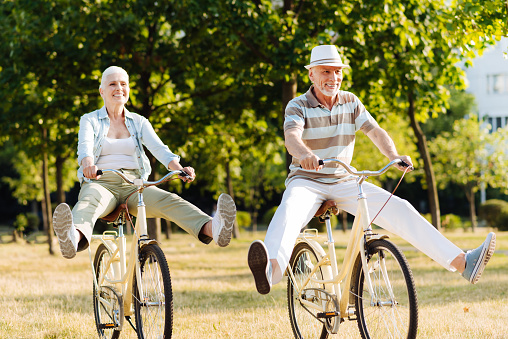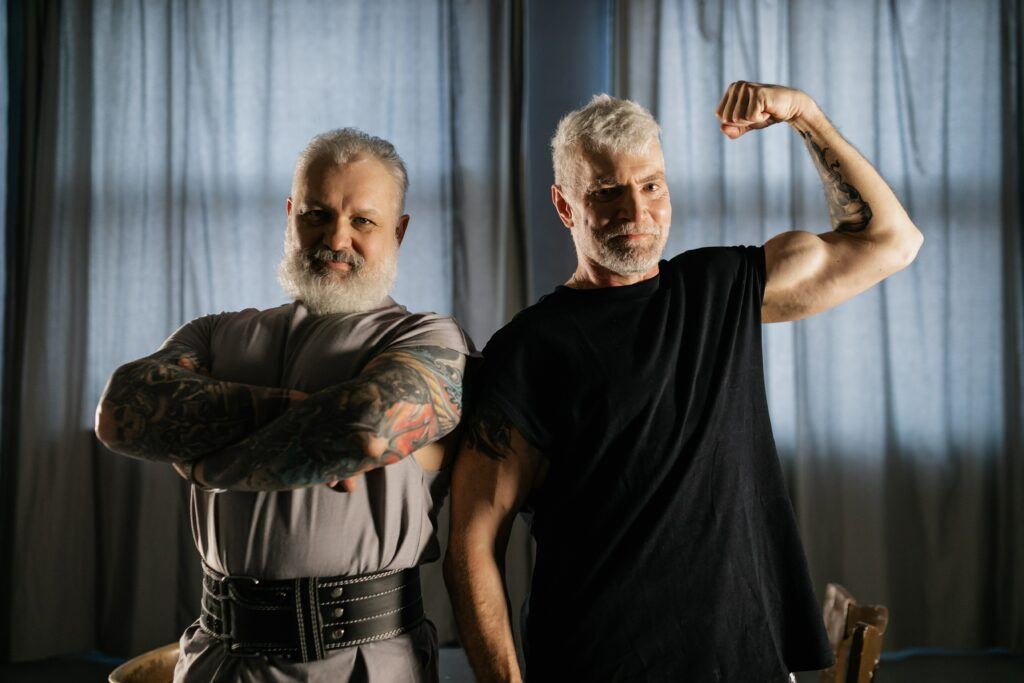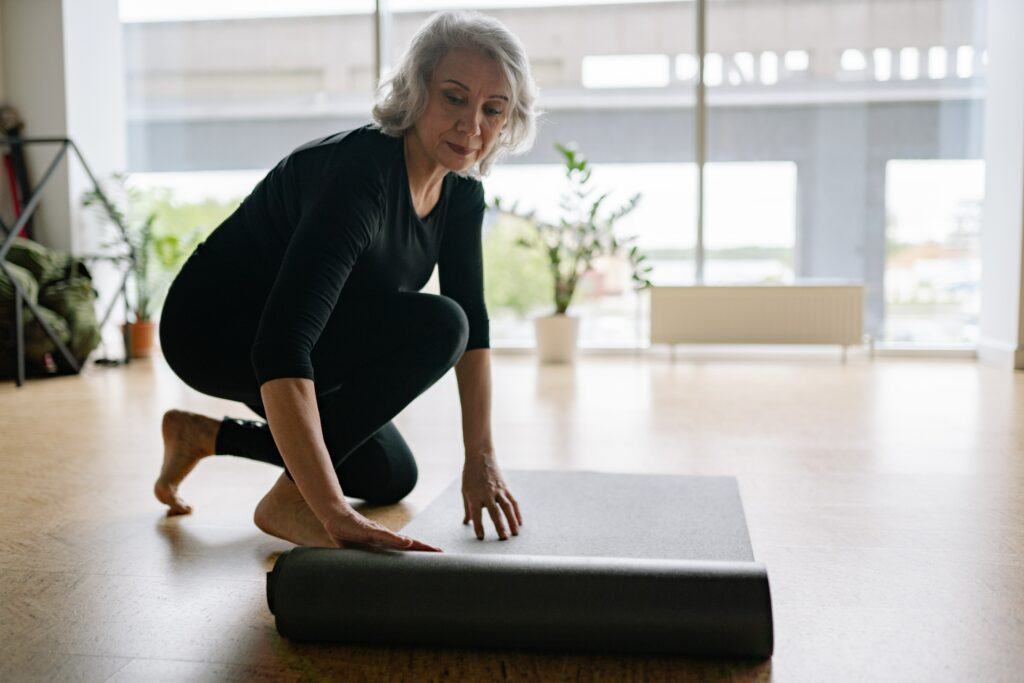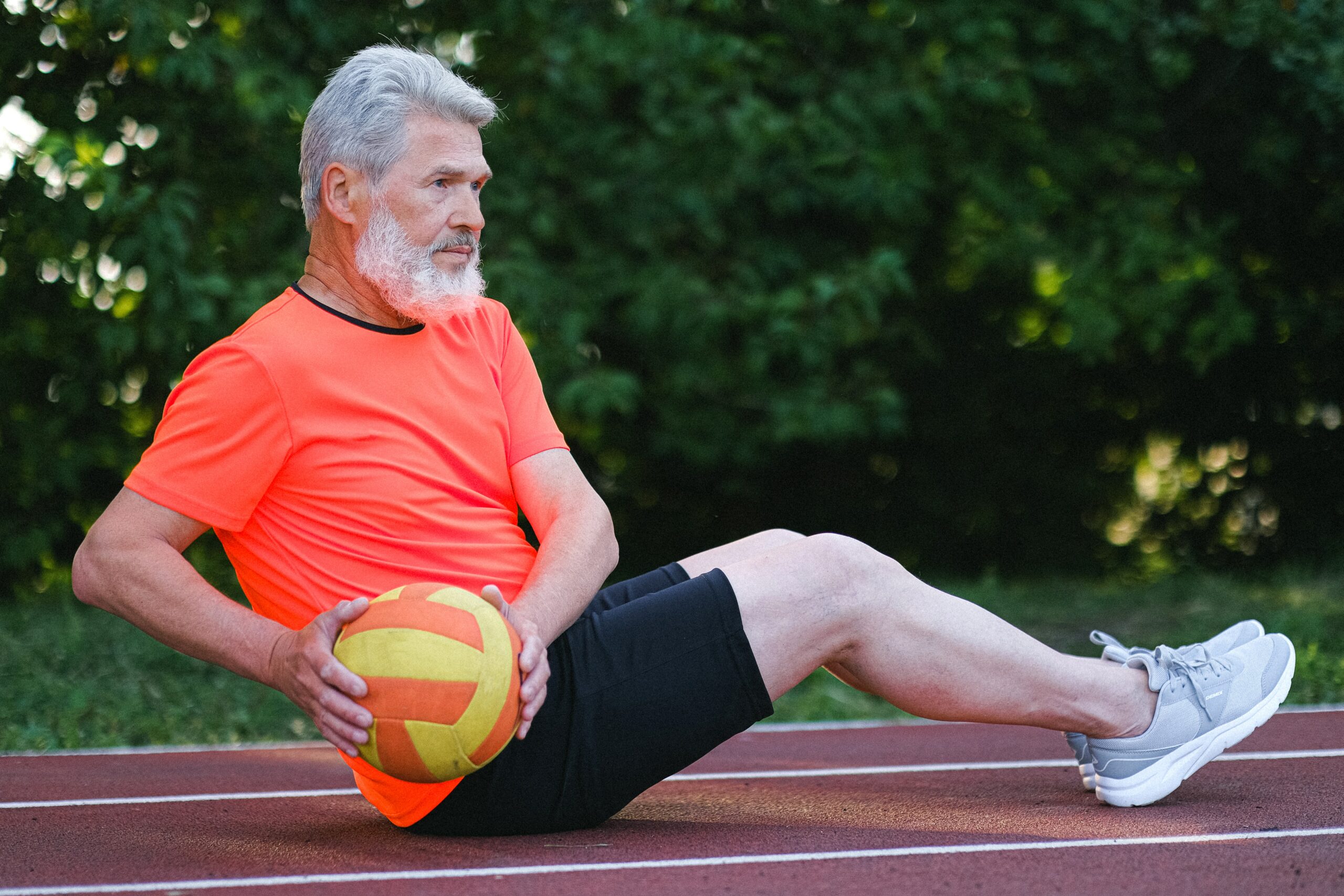You’re probably a math geek like the rest of us. There is a strong chance that you already know your maximum bench and squat weight, as well as your BMI. You might even know your basal metabolic rate (for the uninitiated) to you if you’re very dedicated. When you’re at rest, your body expends this amount of energy. Can list your personal bests in everything from the 5K to the Spartan Race if you’re an endurance athlete. However, don’t get too confident in the story these figures tell before doing your research.
For the sake of your long-term well-being, Fitness Age is very important. Physiology professor UlrikWislff of Norway’s University of Science and Technology has a question for you.

What’s that? Do you have any ideas?
As a former semi-professional soccer player, Wolof, 48, says. One of the world’s most prominent exercise scientists, that’s a terrible loss. In addition, Keeping track of your Fitness Age is essential. With a tailored HIIT exercise plan, you could save your life in the long run. Cardiorespiratory fitness, which Wolof proposed in 2014, determines your fitness (CRF). In addition to its ability to dissipate oxygen and absorb it, it also should not mistake cardiovascular fitness for having a high CRF.
Vital to your long life is a heart-and-blood-only definition, which does not include the respiratory system. And the American Heart Association’s new scientific declaration on long-term health. Smoking, hypertension, high cholesterol, and type-2 diabetes mellitus are all known risk factors for death, although they may not be sufficient to predict mortality. On the other hand, CRF is difficult to measure and even more difficult to understand once you have it. Wolff understands this all too well.
VO2 max is the most accurate measurement of CRF because it represents the maximum quantity of oxygen your body can use during a given activity. Most people’s maximum oxygen consumption is between 30 and 60, with some elite athletes like professional cyclists exceeding 90. VO2 max has only been reliably measured through an exercise test since Hill proposed the notion in 1923. A treadmill or stationary bike, while breathing into an ergo spirometry system, is required of participants.

You may have made it through the process, but what’s the big deal?
It’s time to get fit. In 2006, he and his colleagues initiated a massive study of 4,637 Norwegian men and women’s cardiorespiratory fitness and other health measures. You may get an estimate of your Fitness Age by filling out a questionnaire on the website that he created. At every given age, the average VO2 max of healthy adults is essentially defined as the average VO2 max.
VO2 max of 52 for someone his age?
Wolff’s computations show that he is in excellent physical condition. The 34-year-fitness old’s age is close to his actual age because the average healthy man in his 30s has a VO2 max of around 49. However, he has the potential to improve his performance with the proper training. If he worked hard enough, he could quickly get his fitness level down to that of a healthy 20-year-old. (The average VO2 max for males in their twenties is 54.)
In this case, what would happen if that 34-year-old found out that his maximum oxygen consumption was 39? He’d be about as fit as a regular 60-year-old. Without regular exercise, he’d be overweight and at an increased risk of developing heart disease. Cancer and Alzheimer’s disease may also be linked, according to some research. However, I’m well aware of your thoughts. “I’m a fitness buff. I take off running. I’m going up in heights right now. I’m still young when it comes to fitness. That’s not to say.

Wolof first measured his subjects’ Fitness Age. He came across many folks who appeared to be in peak physical condition but whose fitness were almost as old as their appearance. “Their fitness in terms of peak VO2 was dangerously low,” Wolff said of one group of bodybuilders. Surprisingly high fitness was also found when he evaluated amateur endurance athletes who trained up to 10 hours per week. That’s because, as Wolof has repeatedly found, high-intensity exercise, rather than extended, sluggish running, produces the best CRF. How it affects physical fitness and cardiovascular disease risk reduction.”
To begin with, Wolof didn’t only develop a diagnostic tool. He established the framework for developing what could be the most helpful exercise remedy in the history of the human species. Be sure to read How to calculate your Fitness Age for more information. Our answers to the questions and a 7-week training plan to help you live longer are what you should be interested in.
Once you’ve reached your peak fitness years, you’re no longer a child. A fitness-age-decreasing intervention can be used in conjunction with your regular training regimen. Try these six steps to improve your cardiovascular fitness even if you don’t know your exact fitness. Protecting your health while allowing you to participate in all of the things you enjoy is possible with these time-saving strategies.
The power rack is a great place to work on your max bench and squat numbers, whether you prefer picking up hoops or running long distances. Here are the six best techniques to keep your body young, no matter what your goals are.

But how can you improve the efficiency and power of your heart?
Maximal heart rate and stroke volume determine pumping capacity. Your maximum heart rate is a genetic trait. (Which is the most effective formula?) 211 – your age divided by 0.64. There isn’t a single thing that you can do to assist you in achieving your Fitness Age; instead, you must rely on others, no matter how hard you try or how much time you put into training. Even yet, there are several things you may do to boost your heart’s stroke volume.
Wolff compares the heart to “any other muscle.” Getting trained requires a fully charged vehicle. The only safe method to put the heart’s pumping capacity to the test is to pump it to its maximum capacity continuously.



